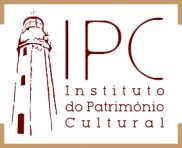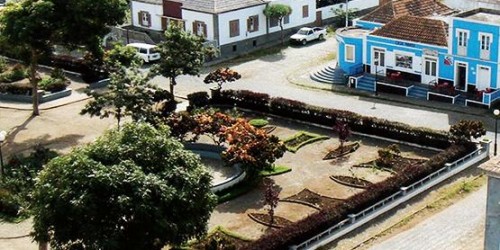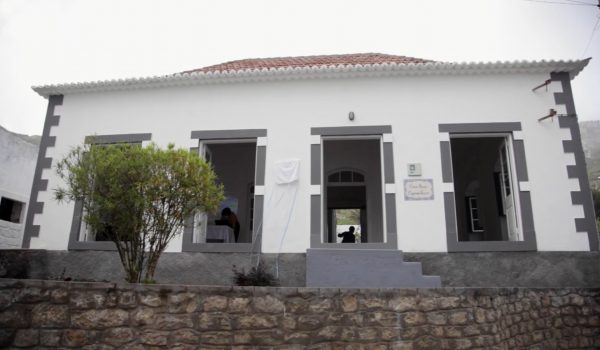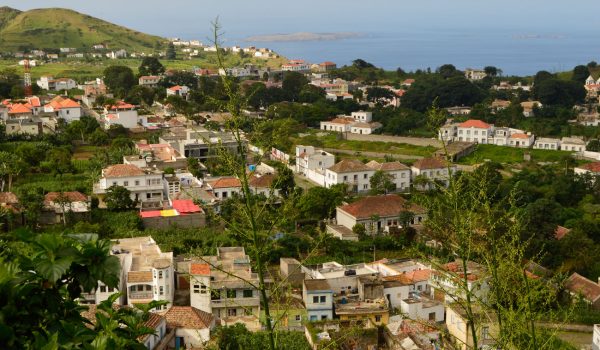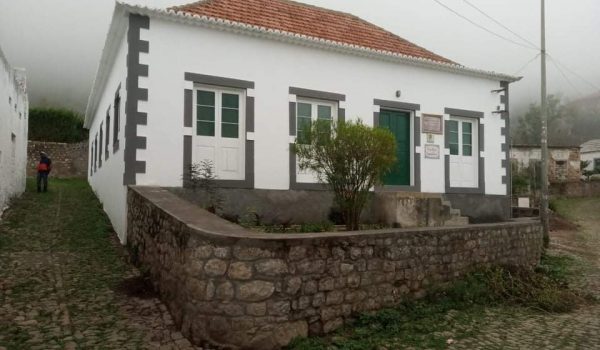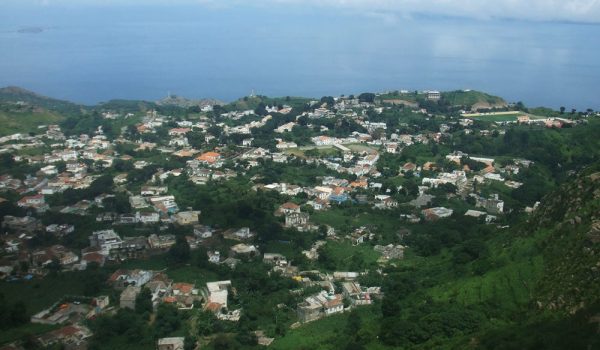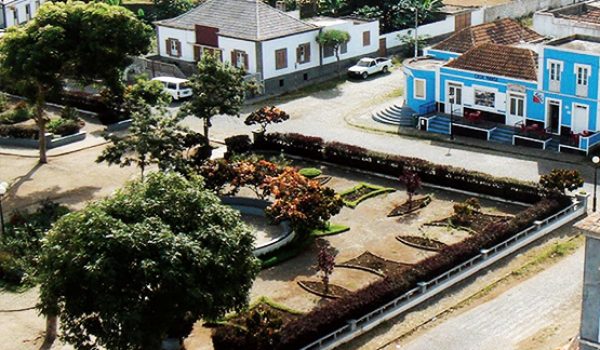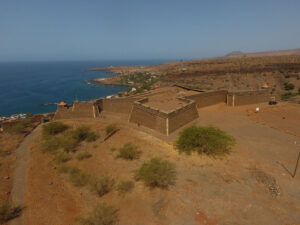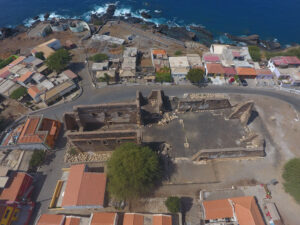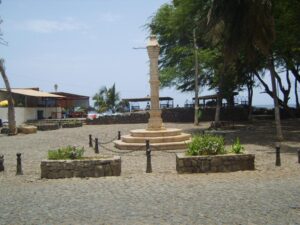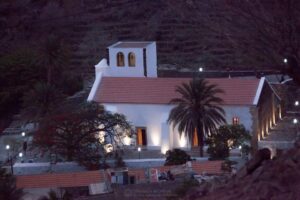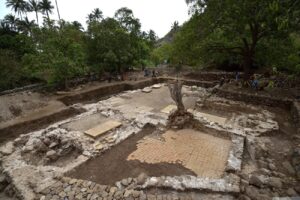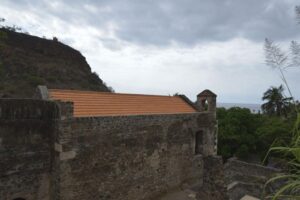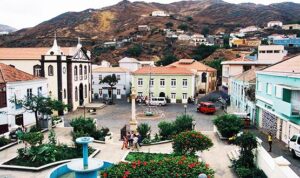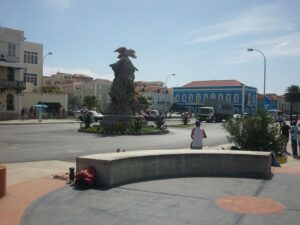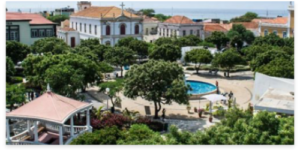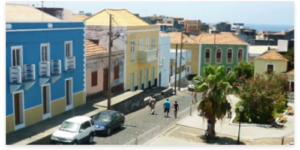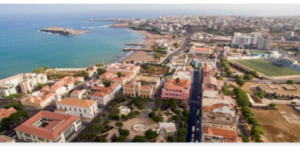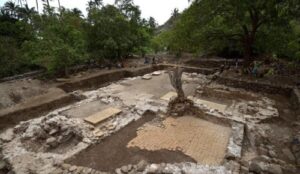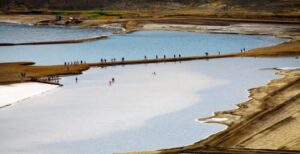The city of Nova Sintra is located on the island of Brava, it was discovered in 1462. The humanization of the island began to flourish in 1620 by Portuguese settlers from Madeira and the Açores.
In 1680, with the earthquake followed by a volcanic eruption in neighboring Fogo, many landowners together with some freed black couples found refuge and settled on Brava Island, at first in the town of Furna, the area closest to the volcano island.
ler maisWhen the incursions of pirates became common (17th-18th centuries), watchtowers were built at the end of the bay and more protected, higher located places were sought to protect from looters. At that time, the main population center appeared: Vila da Nova Sintra.
The island's economic plan was, at the time, on the fringes of the slave trade, arousing other interests when the English navigator George Roberts discovered, around 1720, the heather, much appreciated as a raw material for dyeing textiles. Discovery that launched Brava Island into the mercantile hustle of the modern world.
The island of Brava, for having an exceptionally healthy climate, which earned it the name Paradise of the Archipelago, was once often chosen as the residence of the governors-general. Such were the cases of the governor and naval officer João Fontes Pereira de Melo who governed Cabo Verde, between 1839 and 1842, from the island of Brava, due to the insalubrity that existed in Praia and of D. José Miguel de Noronha who, in 1845, accompanied by 50 officials, fled the city of Praia to Brava, due to yellow fever, taking the press of the Official Gazette.
In fact, regarding to the insalubrity in Praia led, in 1849, the governor transfer all the employees of the Secretary-General and Accounting to Island of Brava. There, the Board of Finance, the Government Council, the Agriculture Board and the Higher Education Board began to function.
This itinerancy of the capital of Cabo Verde would only be definitively resolved in 1855, with the establishment of the capital in Praia, in response to the demands of the City Council of Praia, and due to the reduced size of Brava. At this time, the island of Brava housed the main school in Cabo Verde, which was inaugurated in 1848, and received students from all the islands and even from neighboring countries on the African coast such as Guinea-Bissau.
On 16 of March 2016 it was inscribed on the Cabo Verdean Indicative List for UNESCO, based on criteria IV and VI. Lista Indicativa de Cabo Verde para UNESCO, baseado nos critérios IV e VI.
ler menos